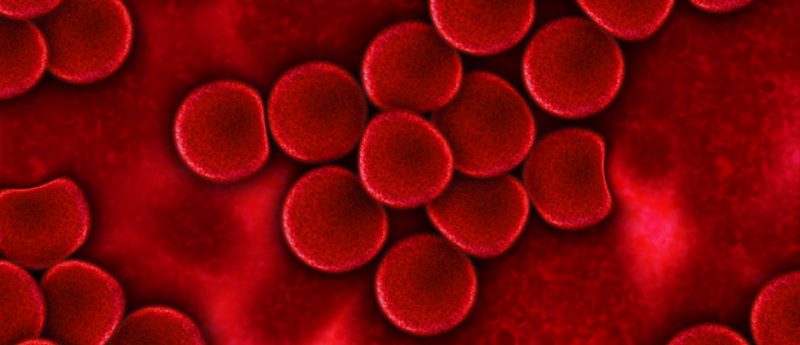Raman spectroscopy to help predict age of bloodstains at crime scenes for up to 2 years

Professor Igor Lednev along with graduate student Kyle Doty (University of Albany; NY, USA) have published their findings in Forensic Chemistry on a method to accurately predict the age of bloodstains at crime scenes for up to 2 years. The chemistry of blood and the biomolecular changes that occur can be monitored using specific analytical techniques. The time since deposition (TSD) in particular can be estimated by analyzing bloodstains and collating information related to the natural chemical processes that occur as bloodstains age, and this information can be useful to help solve crimes.
Lednev and colleagues have conducted a proof-of-concept study using Raman spectroscopy; a technique commonly used to provide a structural fingerprint by which molecules can be identified. It does so by measuring the intensity of scattered light by shining lasers on a sample. The measurements are unique as no two compounds produce the same exact Raman spectrum. Since the process is non-destructive, it also allows the preservation of the material for subsequent DNA analysis.
As part of the investigation, 2 years ago fresh blood from two healthy adults (one male and one female) were collected and the dry samples were analyzed at 15 time intervals in the laboratory (1 h up to 2 years). Scientists demonstrated that the spectral changes observed with time, correlated with known biochemical processes that occur in blood as it ages naturally. The changes were sufficient to allow differentiation and TSD predictions on the scale of hours to years, which were performed using partial least squares regression and principal component regression analyses. The method (which can distinguish the actual bloodstain age by hours, days, weeks, months or years) had an overall accuracy rate of 70% to correctly predict the TSD for up to 2 years.
Without a validated approach currently in use by forensic practitioners for the determination of TSD of bloodstains, this method could potentially be developed into a ‘point-and-shoot’ Raman spectroscopy instrument, used by law enforcement to analyze biological stains from scenes of crime.
Sources: Doty K.C, Muro C.K, Lednev I.K. Predicting the time of the crime: bloodstain aging estimation for up to two years. Forensic Chemistry 5, 1–7 (2017)(Epub ahead of print); https://phys.org/news/2017-06-forensic-chemist-age-bloodstains-years.html
